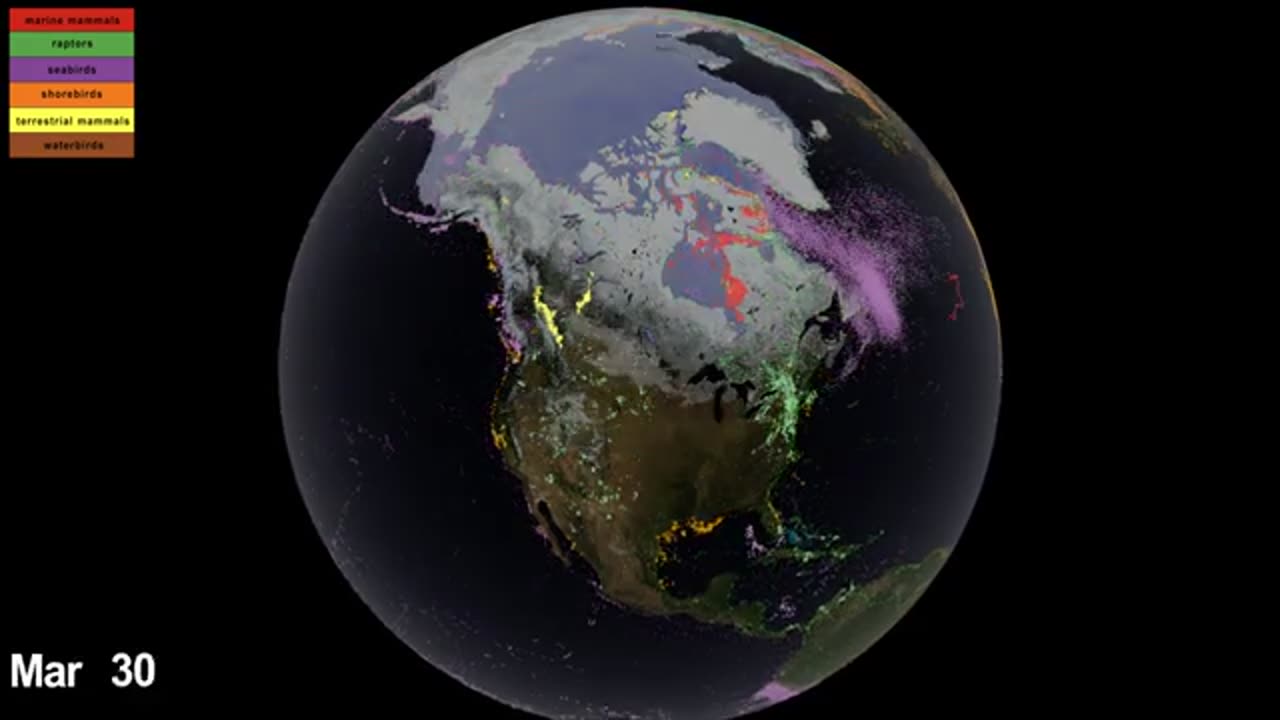Premium Only Content

NASA Mission to Understand Interconnected Systems,Preserve Our World #Nasa #Mission #Systems #World
Certainly! NASA's Earth science research involves a range of missions, satellites, and instruments designed to study various aspects of our planet. Here are a few key areas of focus:
1. **Climate Monitoring:** NASA satellites track changes in Earth's climate, including temperature, ice melt, sea level rise, and carbon dioxide levels. This data helps scientists understand long-term trends and potential impacts.
2. **Weather Forecasting:** NASA provides data for weather prediction models, aiding in the forecasting of hurricanes, droughts, and other extreme weather events.
3. **Ocean Studies:** Satellites monitor ocean currents, temperatures, and sea level rise. This information is crucial for understanding ocean circulation, which plays a significant role in regulating Earth's climate.
4. **Land Cover and Change:** NASA observes changes in land use, deforestation, urbanization, and other human activities that impact ecosystems and biodiversity.
5. **Air Quality and Pollution:** Satellites track air pollutants, such as aerosols and greenhouse gases, helping us understand pollution sources and their effects on human health and the environment.
.
.
.
.
.
follow for more updates 🙂
1. #EarthScience
2. #SpaceForEarth
3. #ClimateResearch
4. #SatelliteObservation
5. #EnvironmentalInsight
6. #SustainablePlanet
7. #GlobalAwareness
8. #WeatherData
9. #OceanMonitoring
10. #AirQualityMatters
11. #NaturalDisasterAlert
12. #CarbonCycleUnderstanding
13. #RemoteSensingTech
14. #DataDrivenInsights
15. #ProtectingOurHome
-
 14:45
14:45
BlabberingCollector
17 hours agoKings Cross Station SET LEAKS! | Harry Potter HBO Show Update & News
39 -
 33:20
33:20
SB Mowing
9 days agoHealth Struggles + Endless Rain = A Yard Out of Control
2.28K17 -
 1:09:42
1:09:42
Mike Rowe
4 days agoHow Did THIS Dirty Job Make Tommy Mello A Billionaire?! | #447 | The Way I Heard It
54.6K19 -
 LIVE
LIVE
SpartakusLIVE
9 hours agoThe BADDEST Duo in WZ Exhibits PEAK Physique || Duos w/ Sophiesnazz to start, quads later
6,237 watching -
 2:49:37
2:49:37
RattlesnakeTV
20 hours ago $0.15 earnedLIVE DEBATE! Lord Jake vs Crazy Feminist
21.5K11 -
 4:00:42
4:00:42
Badlands Media
12 hours agoThe Narrative Ep. 35: Codex of Truth
87.9K42 -
 3:55:56
3:55:56
Due Dissidence
15 hours agoSchmuley TRASHES Shapiro, Maxwell Sings For Pardon, Uhuru Doc Preview - Live From St. Louis!
44.3K44 -
 LIVE
LIVE
Lofi Girl
2 years agolofi hip hop radio 📚 - beats to relax/study to
443 watching -
 2:23:21
2:23:21
PandaSub2000
5 days agoMadison VR (Part 4) | PSVR 2000 (Original Live Version)
23.7K2 -
 2:34:32
2:34:32
Badlands Media
5 days agoCODEX 9/11
303K262